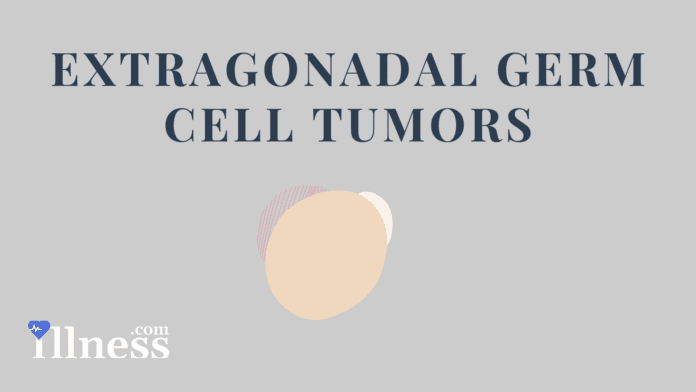Overview Of Testicular Cancer
Testicular cancer is a type of cancer that begins in the testicles. Testicles are the reproductive glands located within the scrotum.
Commonly Associated With
Germ cell tumor, seminoma testicular cancer, nonseminoma testicular cancer, and testicular neoplasm
Causes Of Testicular Cancer
What exactly causes testicular cancer is still not well understood.
But, factors that can increase a person’s risk include:
- Exposure to certain specific chemicals
- Down syndrome
- Past diagnosis of the condition
- Tobacco use
- Klinefelter syndrome
- HIV infection
- Abnormal testicle development
- Family history
- History of an undescended testicle (in which one or both testicles don’t move down into the scrotum before birth)
- Infertility
This type of cancer is most common in young and middle-aged people. But, it may also occur at older or younger ages than that.
This type of cancer is more common in white people than Black or Asian people.
There is no link between vasectomies and this type of cancer.
The two main types of testicular cancer are:
Seminomas and Nonseminomas. Both cancers start growing from germ cells, which are the cells that produce sperm.
- Seminoma: This form of testicular cancer often grows quite slowly, and is also most often found in those in their 40’s and 50’s. The cancer begins in the testes, but can spread to the lymph nodes if not treated. Seminomas are quite sensitive to radiation therapy, and cancer that has spread to the lymph nodes is often treated with either chemotherapy or radiotherapy.
- Nonseminoma: This type of testicular cancer is the more commonly seen of the two types, and often grows more quickly than the other type.
Also, another rarer type of growth exists, called a stromal tumor. These tumors aren’t typically cancerous, and usually occur during childhood.
Symptoms Of Testicular Cancer
In many cases, testicular cancer has no symptoms at all. Therefore, the cancer often just presents itself as a painless mass within the testes.
But, if there are symptoms, they can include:
- Back pain or lower abdominal pain
- Lump or swelling located within either testicle
- Discomfort or pain in the testicle, or a sensation of heaviness in the scrotum area
- Enlarged testicle
- Unusual or excess growth in breast tissue (called gynecomastia). However, this can occur even in those without cancer
- If the cancer has metastasized (spread outside the area it began in) symptoms can occur in other parts of the body, such as the abdomen, back, pelvis, lungs, or brain
Exams & Tests
An examination by a health care provider often reveals a firm mass in one of the testicles. If the provider holds a light up to the scrotum, the light will not pass though this mass. This type of exam is called a transillumination.
Other possible diagnostic tests for testicular cancer include:
- Scrotal ultrasound
- MRI scan of the person’s brain
- Chest x-ray
- Abdominal and pelvic CT scan
- Blood tests for tumor markers, including: alpha fetoprotein (AFP), lactic dehydrogenase (LDH), and human chorionic gonadotrophin (beta HCG)
- Bone scan and head CT scan (to check for the spread of cancer to the bones and head)
Treatment Of Testicular Cancer
Treatment of testicular cancer mostly depends on the type of testicular tumor and the stage of the tumor.
The first step for treating this type of cancer is to find out which type of cancer it is. Then, the health care provider needs to determine how far the cancer has spread to other parts of the body.
This is called staging, and for this type of cancer the stages are:
- I, where the cancer has not spread beyond the testicle
- II, where the cancer has spread to lymph nodes in the person’s abdomen
- III, where the cancer has spread past the lymph nodes, and may be in the lungs, liver, or brain
Three possible treatment options exist:
- An orchiectomy is a surgical procedure that removes the affected testicle
- Radiation therapy can then prevent the tumor from returning, and is usually used after surgery. Also, it’s typically only for treating seminomas
- Chemotherapy is also an option, and has greatly increased the survival rates for people with both seminomas and nonseminomas



